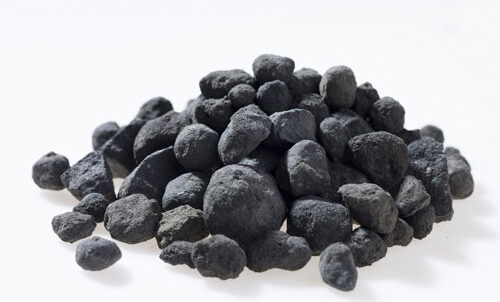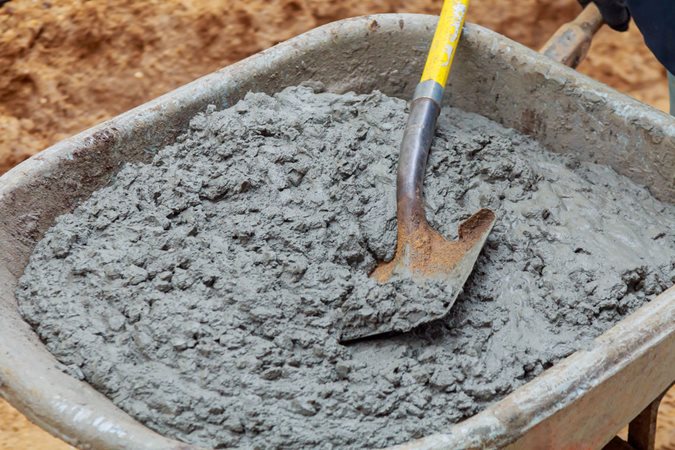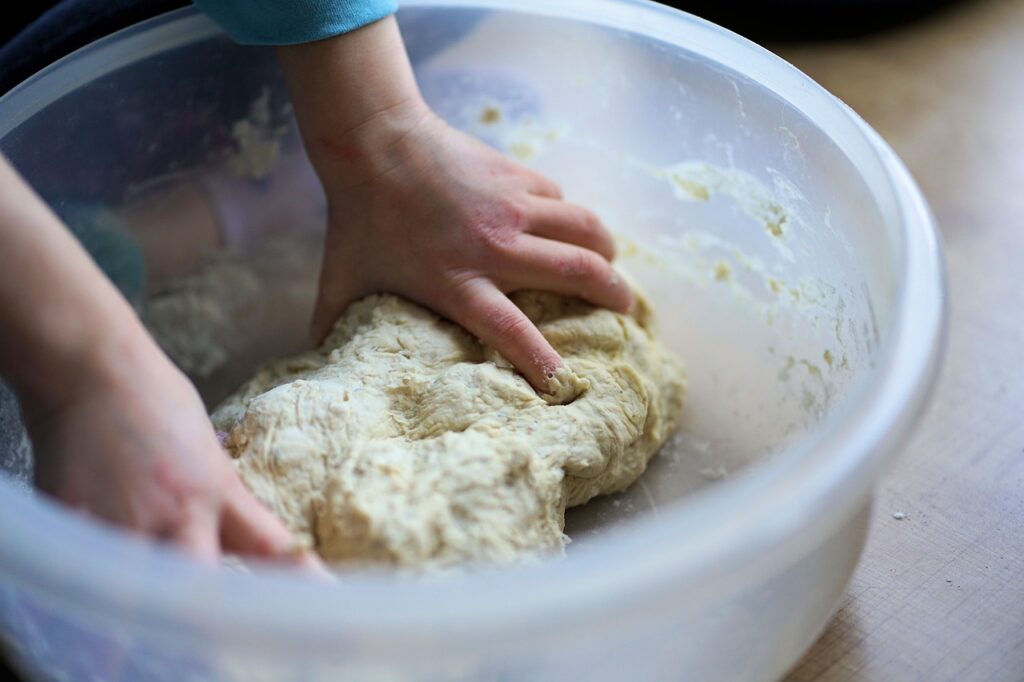Reading Time – 5 Minutes, Difficulty Level – 3/5
Concrete has been one of the most utilized materials in construction for thousands of years. Today, it holds the distinction of being the most manufactured material globally. While we typically associate concrete with ready-mix trucks and building structures, its presence extends far beyond. It is integral to projects ranging from residential homes and roads to monumental engineering endeavors such as the Panama Canal and the Sydney Opera House.

Concrete is a strong material that endures the passing of time, and by combining it with other elements, engineers ensure that the constructions will remain standing for many years.
So, what does this messy product have that makes structures so hard and resistant?
First, it’s important to distinguish between two commonly confused terms: Cement and Concrete.
- Cement is a fine powder, made mainly of limestone and clay.
- Concrete is the final product created after mixing cement, water and aggregates (sand and gravel)
Now that we understand these definitions, we can explore the process of concrete production and the chemistry involved.
Cement production
The concrete production starts with the manufacture of one of its main ingredients, cement.
The grey powder starts its journey in the quarry where limestone (CaCO3) and clay (Al2O3. 2SiO2. 2H2O) are extracted. These rocks are finely crushed, mixed with other ingredients (silicone dioxide, aluminum oxide and ferric oxide) and then heated in a cement kiln to about 1500-2000 °C.
During this process, called Calcination, the limestone is transformed into calcium oxide (CaO), known as lime, which later reacts with other added ingredients resulting in a final product called Clinker.

The Clinker comes out of the kiln as small balls measuring between 0.5 to 2 centimeters that are cooled and ground to a fine powder, the cement.
Δ
(Al2O3. 2SiO2. 2H2O) + CaCO3 —-> C3S + C3A + C2S + C4AF
Cement has four main chemical components:
- Tricalcium silicate or alite (3CaO·SiO2 / C3S);
- Dicalcium silicate or belite (2CaO·SiO2 / C2S);
- Tricalcium aluminate or celite (3CaO·Al2O3 / C3A);
- Tetracalcium aluminoferrite or brownmillerite (4CaO·Al2O3·Fe2O3 / C4AF).
Concrete production
With the cement ready, it’s time to mix it with the aggregates and water; a process is called Hydration. By adding water to the mix, a series of exothermic reactions will lead to the formation of different compounds that react with each other to produce the concrete.
The hydration process unfolds in distinct phases. Initially, cement grains dissolve in water, releasing Ca²⁺ and SiO₂⁻ ions. These ions then combine and precipitate as hydrate products, creating a gel-like substance. These new substances then begin to fill the voids previously occupied by water molecules, interacting with the sand and gravel to ultimately solidify the concrete.

Alite and celite play key roles in the initial stages of these exothermic chemical reactions. They will provide the concrete with moderate to high resistance. Belite will provide long-term durability, while brownmillerite influences the final color of the concrete.
It is important to allow concrete to cure properly in order to achieve a durable product. Standard cement hydration typically peaks around 10-20 hours after mixing, with the concrete reaching its maximum strength at approximately 28 days.
Similar chemical reactions, different products
The process for obtaining concrete may seem difficult, but it’s surprisingly similar to making pizza. Yes, you read it right, pizza or other types of dough.
Just as dough increases in volume, gains elasticity, and strengthens when allowed to rise (due to yeast breaking down sugars and releasing CO2 trapped in the dough), similarly, the ions released during the hydration reaction in concrete react and precipitate, forming bonds with other substances to achieve hardened concrete.
Preparations for both dough and concrete are similar in requiring precise measurements of each ingredient. Too much flour makes dough dry and prone to breaking easily, just as an excess of cement reduces concrete strength and increases susceptibility to cracking. Similarly, adding too much water results in sticky, hard-to-handle dough, and in concrete, excess water trapped during curing can lead to air bubbles in the structure once it evaporates.

Concretus, from the Latin word for concrete, and Concrescere, meaning “to grow together,” highlight the origins and nature of concrete.
Since the time of the Romans and Egyptians, concrete production has evolved significantly. Engineers and construction workers continue to work tirelessly to enhance its quality, enabling the construction of structures that surpass previous imagination.

Article written with the assistance of Alejandro Agustin Aggio (EIT).
References:
- https://www.understanding-cement.com/hydration.html
- https://www.cement.org/cement-concrete/cement-and-concrete-basics-faqs
- https://www.cement.org/cement-concrete/how-cement-is-made
- https://cement.ca/the-cement-and-concrete-industry/how-cement-and-concrete-are-made/
- https://www.concretedecor.net/departments/building-with-concrete/the-chemistry-behind-concrete-a-comprehensive-look-at-chemical-compounds-and-reactions/

I have always been passionate about Natural Science so, holding a bachelor’s degree in Biochemistry has given me the chance to learn and explore different science subjects. I keep my internal batteries charged by spending time in nature, playing sports, reading literature (Dostoevsky, Chekov, Sacks, Gabaldon are some of my favorites), writing and watching out of this world series like Star Trek, Star Wars and Outlander.







